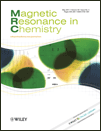 “On the interference of J(HH) modulation in HSQMBC-IPAP and HMBC-IPAP experiments”, by Josep Saurí and Teodor Parella; Magn. Reson. Chem. 2013. DOI: 10.1002/mrc.3977
“On the interference of J(HH) modulation in HSQMBC-IPAP and HMBC-IPAP experiments”, by Josep Saurí and Teodor Parella; Magn. Reson. Chem. 2013. DOI: 10.1002/mrc.3977
The effects of phase signal modulation due to homonuclear proton–proton coupling constants in HSQMBC-IPAP and HMBC-IPAP experiments are experimentally evaluated. An assessment of the reliability ofnJCH measurement from distorted cross-peaks obtained in IPAP versions of HMBC and HSQMBC experiments is presented. Continue reading On the interference of JHH modulation in HSQMBC-IPAP and HMBC-IPAP experiments
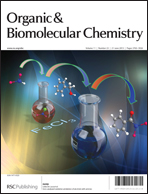 CLIP-HSQMBC: Easy measurement of small proton-carbon coupling constants in organic molecules, by Josep Saurí,
CLIP-HSQMBC: Easy measurement of small proton-carbon coupling constants in organic molecules, by Josep Saurí, 
 “Brain magnetic resonance in experimental acute-on-chronic liver failure” by L. Chavarria, M. Oria, J. Romero-Giménez, J. Alonso,
“Brain magnetic resonance in experimental acute-on-chronic liver failure” by L. Chavarria, M. Oria, J. Romero-Giménez, J. Alonso, 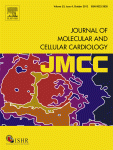
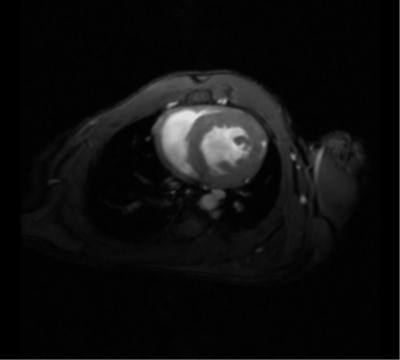
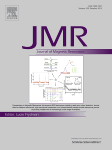 “P.E.HSQMBC: Simultaneous measurement of proton–proton and proton–carbon coupling constants” by Josep Saurí,
“P.E.HSQMBC: Simultaneous measurement of proton–proton and proton–carbon coupling constants” by Josep Saurí,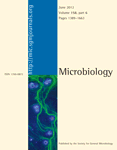
 “Efficient measurement of the sign and the magnitude of long-range proton-carbon coupling constants from a spin-state-selective HSQMBC-COSY experiment”, by Josep Saurí and
“Efficient measurement of the sign and the magnitude of long-range proton-carbon coupling constants from a spin-state-selective HSQMBC-COSY experiment”, by Josep Saurí and 